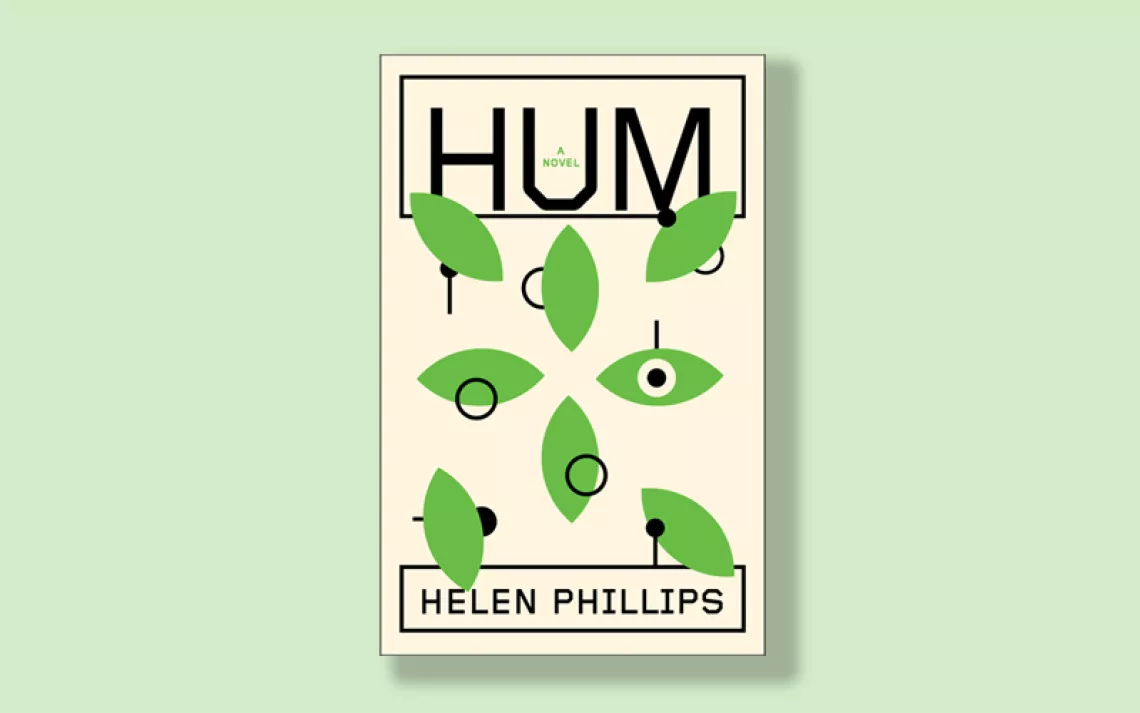In Praise of Bogs
Annie Proulx's nonfiction turn lifts up the wonders of swampy places

Humans have long sensed that there is something uncanny in the wet, sulfurous places of the earth, writes acclaimed novelist Annie Proulx in her nonfiction pivot, Fen, Bog & Swamp: A Short History of Peatland Destruction and Its Role in the Climate Crisis (Scribner, 2022). Ancient sects offered votive offerings in European peatlands; New England's Abenaki peoples told of man-eating bog monsters called meskag-kwedemos. In Dante Alighieri's Inferno, the fifth circle of hell resembles a minerotrophic, non-peat-forming marsh. "The primordial intensity of the bog's unmoving tannin-dark water and massed sphagnum seems the true element, the stuff from which ancient universal humanity arose and to which it must return," she writes.
But maybe we're the bog monsters. At one point, 221 million acres of wetlands stretched across the United States. Thanks to American industry, that number was halved by the 1980s. The problem is global; humans have drained 15 percent of Earth's peatlands, a wetland type that includes bogs and permafrost tundra and sequesters twice as much carbon as all the planet's forests do. Such destruction has unleashed staggering plumes of CO2.
With leg-sucking mud and sinkholes, swamps force travelers into zigzag routes linking tussock and island. The 88-year-old author, too, travels a discursive path in her wetland chronicle, leaping between academic research, childhood memories, and historical musings. The through line is Proulx's grief at what's lost, and what will be lost. For centuries, we've drained and hobbled the coastal wetlands that should be our allies in this time of need. Just a fraction of them remain to shield us from rising sea levels and worsening storms. "In the end," Proulx warns, recalling a line from novelist Norman Maclean, "all humans will be 'haunted by waters.'"
 The Magazine of The Sierra Club
The Magazine of The Sierra Club



